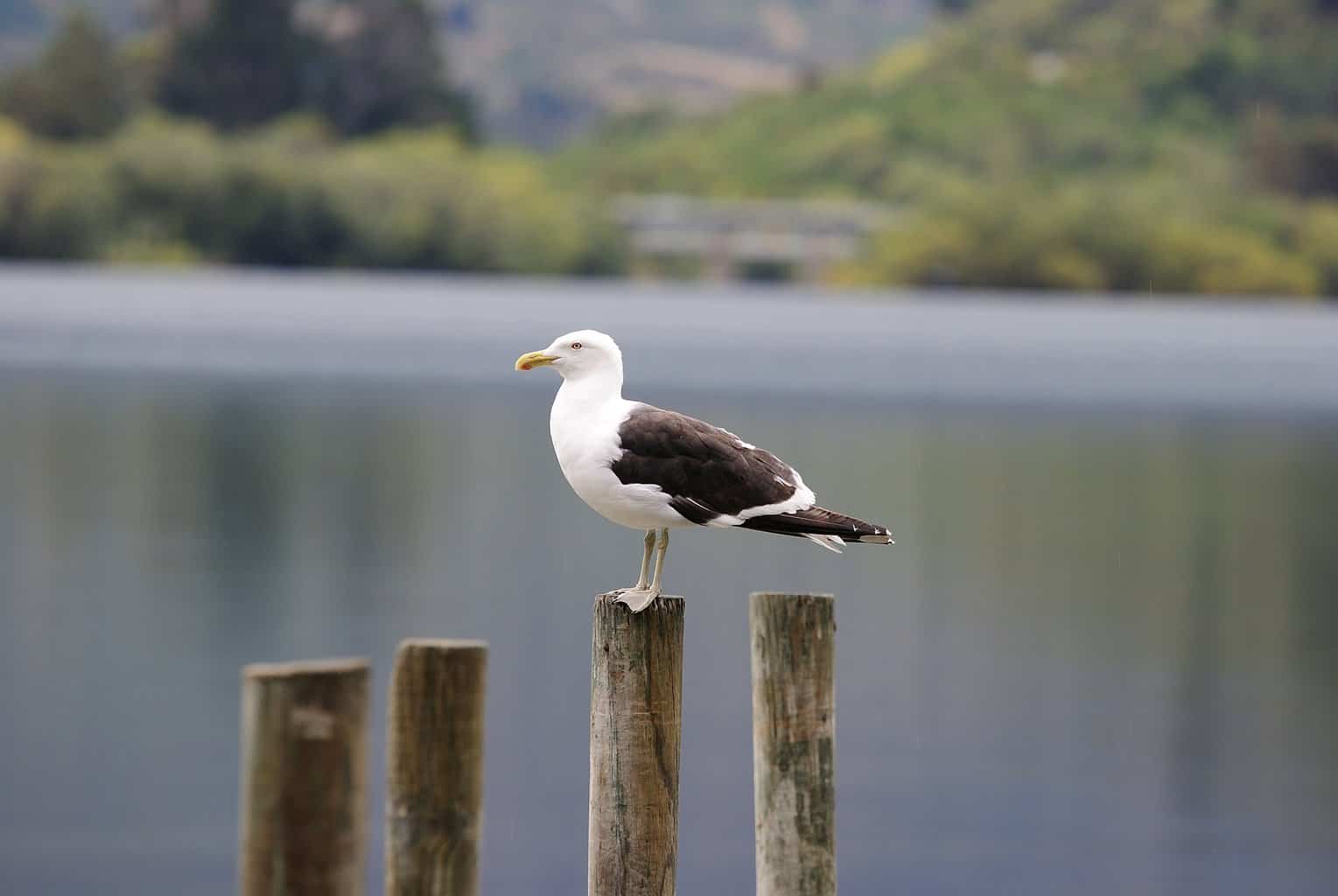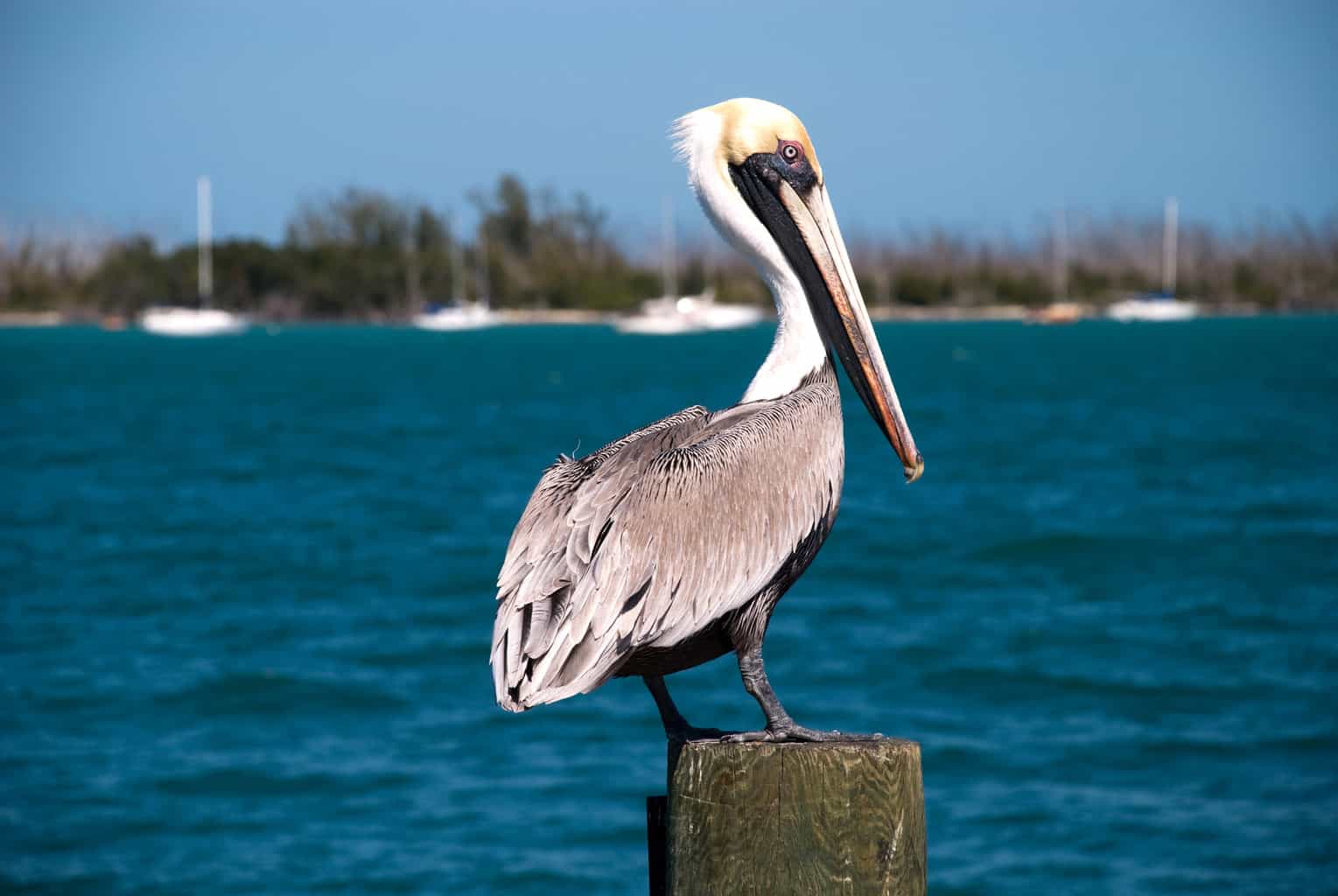By their very nature, birds are some of the most interesting creatures on the planet. They come in all shapes and sizes, with a seemingly infinite variety of colors, patterns, and behaviors. This is especially true when it comes to sea birds.
There are hundreds of different species of sea birds, each with unique characteristics. Two of the most popular and well-known types are albatrosses and pelicans.
If you’re an experienced birdwatcher, chances are you already know how to tell an albatross from a pelican. But it can be tricky for those new to the hobby to tell these two similar-looking birds apart.
In this blog post, we’ll take a closer look at the similarities and differences between these two impressive birds and provide tips on telling them apart.
Albatross vs Pelican: The Similarities
Albatrosses and pelicans share a number of similarities. They are both large birds with long necks, long bills, and webbed feet.
They are both skilled swimmers and proficient flyers, able to cover vast distances with ease. And they both have a penchant for coastal areas – you’re unlikely to see either of these birds far from the shore.
The Differences
Appearance

The first thing you’ll notice when comparing an albatross to a pelican is the size. Albatrosses are some of the largest birds in the world, with a wingspan that can reach up to 12 feet!
On the other hand, pelicans are much smaller, with a wingspan of only about 6-8 feet. Another way to tell albatrosses and pelicans apart is by looking at their bill shape. Albatross bills are curved upwards at the end, while pelican bills are straight.

The bill shape is helpful for each bird to eat its preferred diet; the curved shape of an albatross bill helps it scoop squid out of the water, while the straight shape of a pelican bill helps it scoop fish out of the water.
Habitat
Another key way to tell these two birds apart is their habitat preferences. Albatrosses are found in the Southern Hemisphere, while pelicans are found in tropical and subtropical regions around the world.
So if you see a pelican in North America, it’s more likely to be near the coast than inland.
Diet and Hunting
As you might expect, given their different hunting strategies, albatrosses and pelicans also have different diets. Albatrosses primarily eat squid and fish they catch while flying low over the ocean’s surface.
Pelicans eat fish too, but will also eat crustaceans, amphibians, rodents, and reptiles if available. This depends on their body size, and they’re social birds.
Albatross hunt by either flying low over the water’s surface and diving onto squid with their curved beaks or by sitting on the water’s surface and dipping their heads underwater to grab fish.
Pelicans hunt by either swooping down from the sky and scooping up fish with their large bills or swimming under the water’s surface and using their bills to grab fish.
Breeding and Behavior
Albatrosses and pelicans also have different breeding and nesting behaviors. Albatrosses mate for life and build their nests on the ground, while pelicans mate every year and build their nests in trees.
Albatross chicks can also fly much sooner than pelican chicks; albatross chicks can fly at about 3-4 weeks old, while pelican chicks take about 8-10 weeks to learn how to fly.
Flight Pattern
Their flight pattern is the most obvious way to tell these two birds apart. Albatrosses have a distinctive “wandering” flight pattern, while pelicans fly in a more straightforward, linear fashion.
This difference is due to the fact that albatrosses use something called “dynamic soaring” to conserve energy while flying. They take advantage of different wind currents to “crack the whip” and gain lift.
This helps them stay in the air for long periods without flapping their wings very much. Pelicans, on the other hand, have to flap their wings constantly to stay in the air.
At a Glance: Identifying From Afar
Chances are, if you see either of these birds in the wild, it will be from a distance. So how can you tell them apart if you’re not close enough to get a good look at their features?
Here are some tips:
- If the bird is near the coast and has a wingspan of 6-8 feet, it’s probably a pelican.
- If the bird has a curved bill, it’s an albatross. If the bird has a straight bill, it’s a pelican.
- If the bird is in the Southern Hemisphere, it’s an albatross. If the bird is in a tropical or subtropical region, it’s a pelican.
- If the bird appears to be gliding effortlessly through the air, it’s an albatross. If the bird is flapping its wings constantly, it’s a pelican.
With these tips in mind, you should be able to tell an albatross from a pelican the next time you see one of these birds in the wild!

